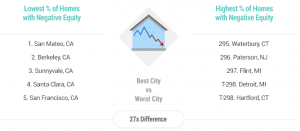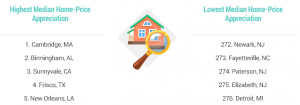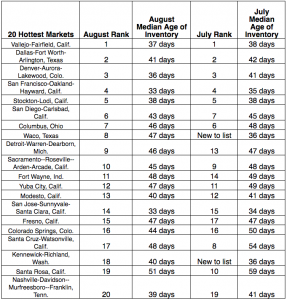From the NY Times:
Westfield, N.J., Where Small Town Meets Urban
Marci Bandelli thought she would never leave Brooklyn. Her husband, Stanford, who was born there, felt the same way. By 2001, with the addition of two children, the couple were outgrowing their rent-stabilized apartment in Brooklyn Heights and began looking in Park Slope.
Then the terrorist attacks happened on Sept. 11. Ms. Bandelli’s brother, Alan Kleinberg, who worked at Cantor Fitzgerald, died at the World Trade Center. And everything changed.
…
The appeal of Westfield for New York City transplants like the Bandellis is understandable, as this central Union County town offers characteristics typically associated with urban living — a bustling downtown, a vibrant cultural scene and good transportation options — along with many benefits of suburban living, like attractive homes, well-regarded schools and a sense of community.“Westfield is big enough that there are a lot of ways to get connected, but small enough to feel like you can really get to know everyone in this town,” said Laura Brockway, 60, a Realtor with Keller Williams who has lived in Westfield for 32 years with her husband, Richard, raising their three sons there.
Lauren Mays, the mother of a 10-month-old daughter, has connected with many of her neighbors through the Westfield, N.J., Moms Facebook page. Though she and her husband, Tice Mays, who works in sales, had no children when they began looking to move to the suburbs from their Manhattan apartment in 2014, they sought a town with good schools.
The couple, both 35, visited towns in Westchester County and northern New Jersey, happening on an open house for a 1950s three-bedroom two-bath colonial in Westfield, which they wound up buying for $630,000.
“We love the downtown, we’re within walking distance of the elementary school, and the people are very friendly,” said Ms. Mays.
….
The couple, both 35, visited towns in Westchester County and northern New Jersey, happening on an open house for a 1950s three-bedroom two-bath colonial in Westfield, which they wound up buying for $630,000.“We love the downtown, we’re within walking distance of the elementary school, and the people are very friendly,” said Ms. Mays.




